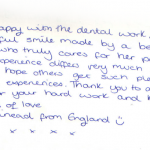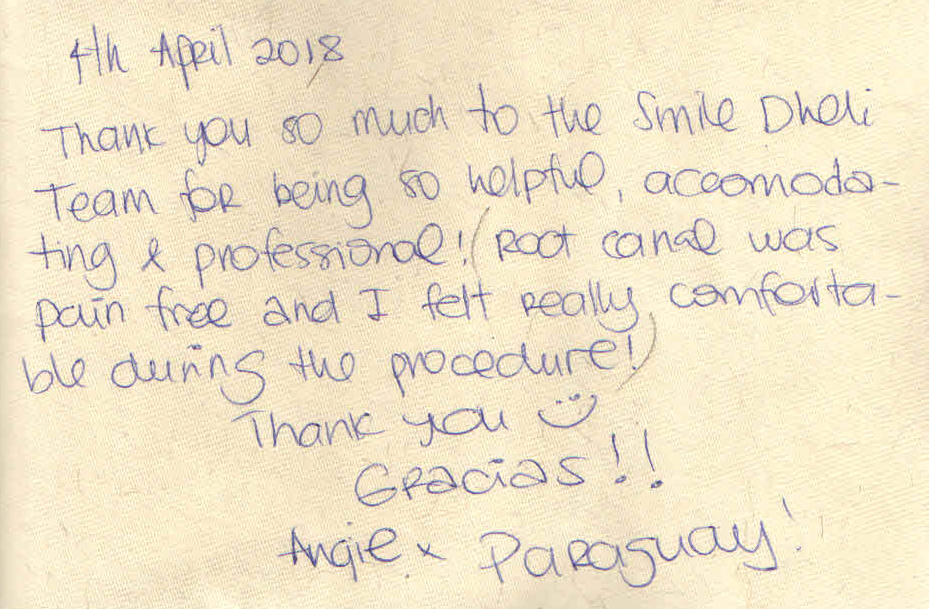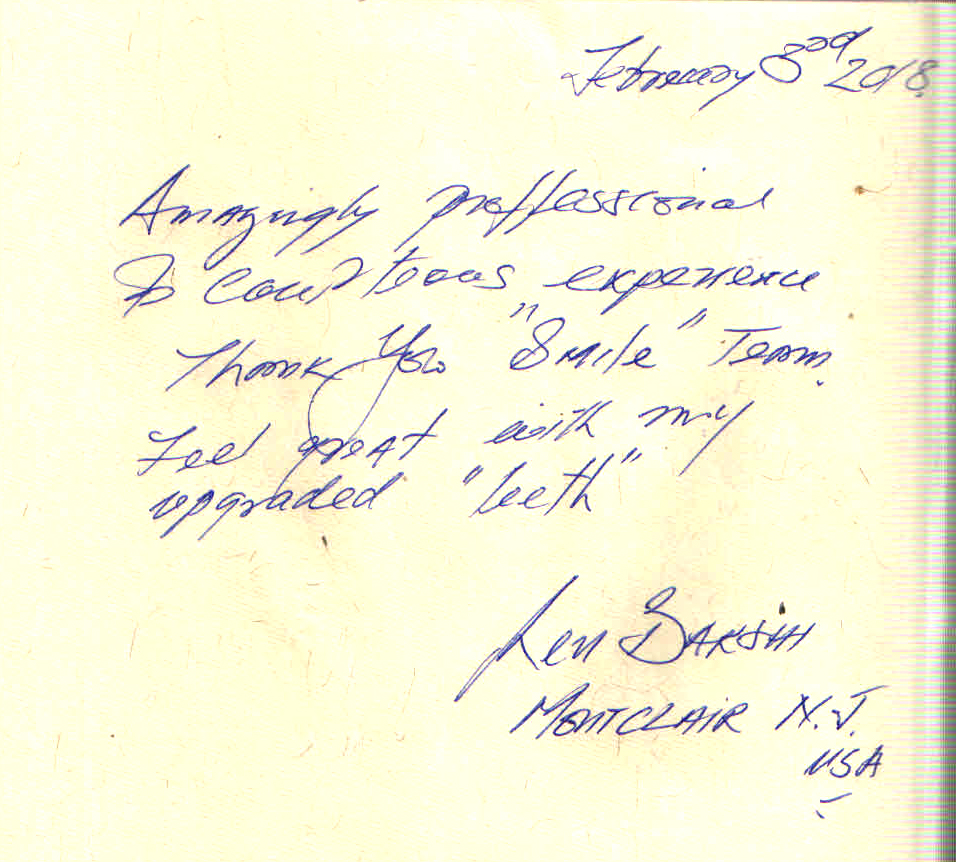Immediate Dental Implants
An immediate dental implant is placed within the tooth socket as soon as the tooth is extracted.
Advantages of Immediate Implants
- In the conventional two stage technique, after the extraction of the tooth a waiting time of six months is required for fresh bone to form and only then can one proceed with the implant surgery. With immediate implants, the six month wait is eliminated, as the implant is given on the same day of the extraction with a temporary tooth attached to it.
- The second surgery is also eliminated in an immediate implant case. The healing process is a natural one, where the body builds fresh bone around the implant.
- In many cases the procedure is flapless, which means the surgery is conservative.
- The size of the implant used in this procedure, is equal to or slightly more than the size of the natural root, so more conservation of bone occurs, and the contour/form of the ridge i.e. jaw bone is maintained.
- This procedure provides a more aesthetic looking final crown, as a more natural tooth angle and emergence profile can be maintained.
- Last but not the least, the patient gets instant gratification.
However certain factors have to be kept in mind while selecting a case for an immediate dental implant.
- There should be no infection.
- There should be enough bone.
- There should be good primary stability.
- The bite should be favourable.
- Commitment from the patient to be on a soft diet for 3 months. In cases where an upper front single temporary crown has to be given an implant, it should not be in contact with the opposing tooth. This further prevents the use of the tooth too early.
To ensure best results a systematic approach should be adopted by the dentist.
Though there are various types of implants available worldwide, we use three standard brands…
Step 1- is the comprehensive data collection of the case i.e. photographs, study models, OPG, X-Ray and CT scan.
Step 2- is a thorough consultation with the patient. This includes obtaining the patient’s history of any medical problems such as diabetes, blood pressure problems, bleeding disorders, radiation history etc. Also obtaining a history of any habits like smoking or teeth grinding. At this stage patient expectations are also discussed.
Step 3- is a hard tissue analysis, which helps find out how much of the bone is present. If the bone is deficient, then with predictable techniques, bone augmentation can be done. A simultaneous bone graft with the implant can be done in many cases.
Step 4- is a soft tissue analysis. Here the gum type is assessed, in order to understand the final aesthetics that can be achieved. The above information will help the dentist decide if the case is appropriate for an immediate dental implant.
Step 1- is the comprehensive data collection of the case i.e. photographs, study models, OPG, X-Ray and CT scan.
Step 2- is a thorough consultation with the patient. This includes obtaining the patient’s history of any medical problems such as diabetes, blood pressure problems, bleeding disorders, radiation history etc. Also obtaining a history of any habits like smoking or teeth grinding. At this stage patient expectations are also discussed.
Step 3- is a hard tissue analysis, which helps find out how much of the bone is present. If the bone is deficient, then with predictable techniques, bone augmentation can be done. A simultaneous bone graft with the implant can be done in many cases.
Step 4- is a soft tissue analysis. Here the gum type is assessed, in order to understand the final aesthetics that can be achieved. The above information will help the dentist decide if the case is appropriate for an immediate dental implant.





























































